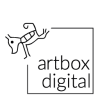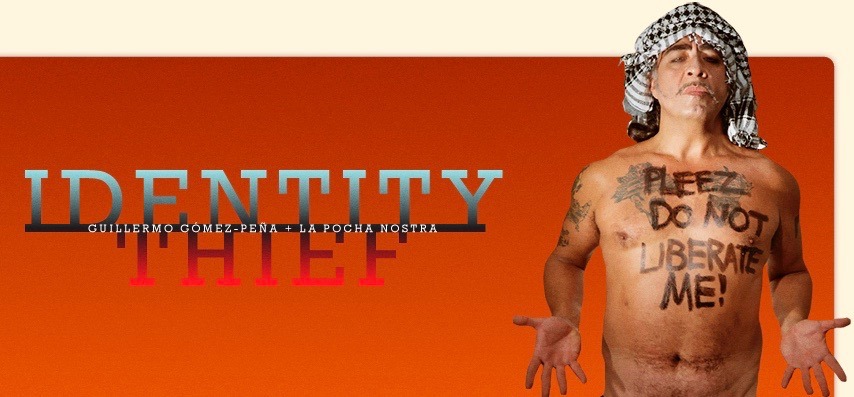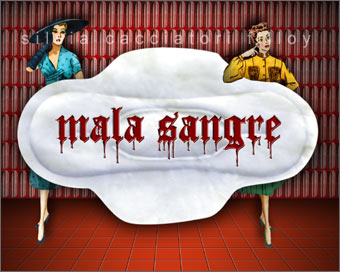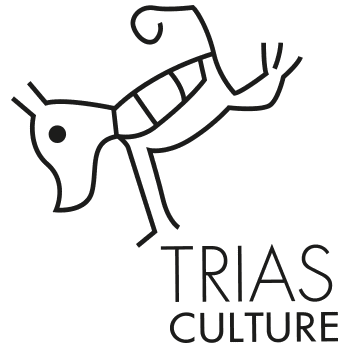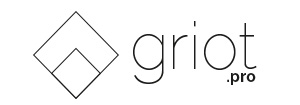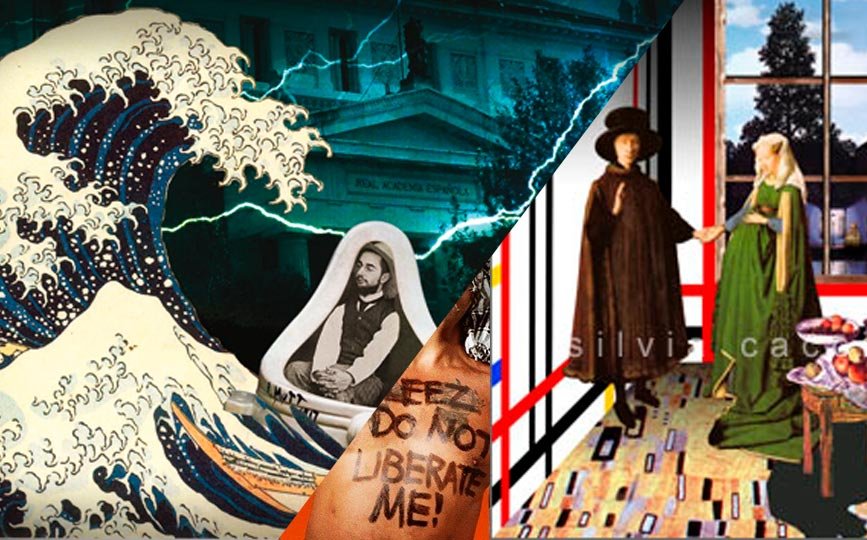
Artistic creation from Latin America tends to be seen by those in the first world as peripheral, imitative, folkloric, and contaminated with the culture of resentment that Harold Bloom speaks about so much. It is forgotten, for example, that an important period in Picasso’s oeuvre involved superficially copying African masks.
On the other hand, the view from the third world on European and North American art tends to be a mystifying one, as it is in these continents that you can find galleries which are afforded universal acclaim. Whether from Africa or Latin America, we forget that there is a colonial gaze – emitted from those in power – which decides what we define as a ‘work of art’.
Digital arts aren’t completely exempt from these prejudices, but they have been developed at the same time and with the same basic techniques across the world – at least in all regions that have access to new media and the internet. Let’s not forget that part of the global population doesn’t even have access to a fixed landline.
One positive in a globalised world is that creators from different places can carry out the same programmes. Of course there can be difficulties when it comes to the installation of the ‘final spectacle’ or the ‘mise-en-scene‘ that the project requires – aspects which can be particularly costly (this is a good time to mention the importance of events like Africa Art Box!). However, with regard to the creative act itself, that which originates in the intimacy of the studio, the creators of digital media have access to – in one form or another; legally or illegally – the same primary expressive resources: the different kinds of software they use in the production of their work.
By briefly presenting the proposals of three Latin American artists who use the computer as a means of expression, I hope to give you an idea of how these languages are being developed in the third world. I won’t present a selection of artists that have been categorised hierarchically by the competitive (and increasingly corrupt) system of artistic promotion; instead I will give you three artists ranging from well-known to practically anonymous.
If we were to try to look for lists of pre-eminent Latin American digital artists on the internet, the results would be varied. This is because they are not subject to the same form of evaluation that we are accustomed to. The way in which their work is disseminated means they escape the established filters of the art world: collectors, galleries. A work of digital art can become extremely well-known without having been subjected to the caprices of a critic or the opinion of a curator; it suffices that the creator places it on social media for anyone to enjoy.
The first problem we encounter in trying to choose a representative selection of those using this mode of creation is that many of the best works have been created by artists who wouldn’t necessarily define themselves as ‘digital’. Bill Viola, for example – one of the most prominent artists involved in new media – describes himself as a video artist and photographer.
Given that digital is a tool rather than a specific art form, the most accomplished works are created by artists who also work with other tools and who tend to be considered as visual artists. Would the veterans Gilbert and George accept being defined as digital artists? Of course they wouldn’t, as their works have existed since the end of the 60s, from exhibitions where they posed as sculptures to recordings of their performances being shown as 8mm films. Their final productions incorporated the use of photography and video. This is how complex the subject matter is.
A brief presentation of 3 Latin American digital artists:
Guillermo Gómez Peña (Mexico 1955)
http://www.pochanostra.com/
His Chicano origin encouraged him to address the intersection of a series of opposing topics in his work, for example the pre-Columbian past and the digital society of the future, the simultaneous use of Spanish and English, and contrasts and similarities of the northern and southern hemispheres.
He has created works in which the internet has been the predominant media, creating an interactive webpage to enliven his performances. Those who visit the webpage play a role in various semantically charged virtual creations: inventing supposedly extinct virtual tribes, for example, is so absurd that it allows us to glimpse the mockery of the idea of ‘indigenous savages’ that those from the North conferred on those from the South. You only need look at one of etchings depicting the colonies which spread across Europe to see the absurdity of these images isn’t a completely new phenomenon.
In his ‘Mexterminator’ project (in collaboration with Roberto Sifuentes) he interprets the information recorded by the visitors to his webpage and creates images where the latest technology is juxtaposed with primitive elements. The characters he creates – described as ‘artificial savages’ – personify the suspicion of Latin Americans and other minorities amongst Americans. Although he hasn’t abandoned physical interaction, this performance artist’s most recent works are centred on virtual interaction. Peña demonstrates in an interesting way that the use of digital media can also be performative.
Silvia Cacciatori Filloy (Uruguay 1962)
http://www.silviacacciatori.com/
Silvia has been creating digital work since 1996, predominantly in the form of video animations and collages. She investigates and questions the dominance of masculinity in art history, and of course real life, which it reflects. Animations like ‘Mala sangre (Bad blood)’ (2001) – which questions the prejudices around menstruation – or ‘La creación (The creation)’ (2002) – which investigates the contradiction between different biblical texts and the chauvinistic concepts that they legitimise – demonstrate her talent as an artist and leave little doubt about her emancipated position.
The techniques she employs when creating her animations are uncomplicated and nonchalant. Silvia distances herself from technical boasting and pretence, and this attitude toward her chosen media makes her work all the more impressive; after all, one of the most frequent errors made by digital artists is to let oneself get carried away with the showiness of the computerised image. In her collages as well as her animations, this artist uses digital tools in exactly the right way.
Ángel G. Augier Calderín (Cuba, 1947-2017)
The significant work of the Cuban artist and physicist, recently deceased, developed into a special form of representation. Collaborating with fellow physicist Raúl B. Sánchez, he created a new technology through which it became possible to create three-dimensional drawings – effectively holograms – with the use of a computer-operated laser.
He based this new technology on the light effects of the inventor and artist Hans Weil. This precarious technique, known as incoherent holography, was the precursor to the hologram as we know it today: a spotlight emanating from a lamp produces a beam in a hole punctured by a steel tip on the surface in question (Weil had used sheet metal). If the artist has punctuated the lines of their drawing – with light projected through it in the same direction fxrom the same distance – the line of gleaming points will produce the original image in the form of a hologram.
By basing his work on this old technique and demonstrably improving it, Ángel’s technique uses a laser and computer in order to transpose images onto certain materials (acrylic, for example), which allows them to be used as holographic images. As the laser is more precise, the image that emerges is more crisp. The laser also allows for holes of varying sizes, a task that was too precise for human hands. In this way, the three-dimensionality of the of light within the space comes across more successfully.
Using this system, the artist produced a series on acrylic boards which he named ‘Holograbados (Hologravings)’, as the digitised version of the work was reproducible in a way the previous manual version was not. These works are holographic drawings made on a computer.
In the works of the three artists presented here, it is clear that digital art is more than just an artistic language; it is a powerful tool.

